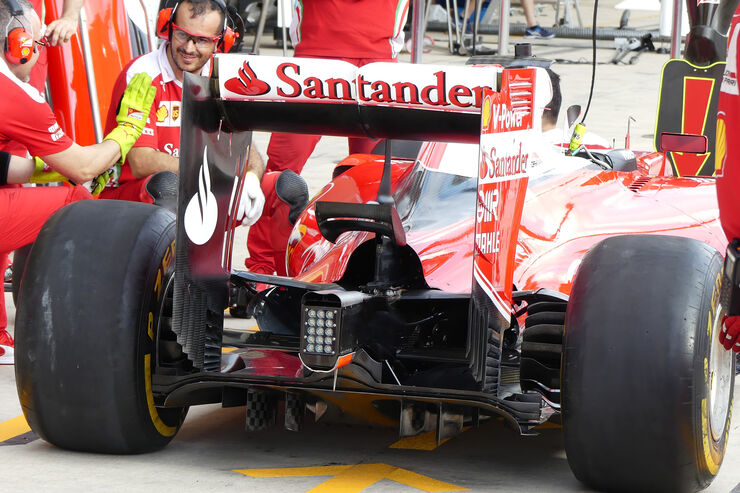godlameroso wrote:stevesingo wrote:I think the waste heat produced by these engines is reducing all the time due to the ICE combustion technology improvements.
But conversely exhaust density is also increasing, and density has a bigger impact than temperature to create a pressure differential in a working fluid. Hence why hydraulic beats pneumatic.
As I understand it exhaust density is increasing through leaner mixtures driven by higher boost pressures. Boost pressure which is generated by the turbo, driven by the exhaust gasses. There is a limit as to how much higher the density can go when it s a result of the density itself. There is only so much energy that can be squeezed from 100kg (105kg) of fuel.
Judging by the (probably no too accurate) figures supplied by the FiA to Pirelli, teams are predicting 8% lower top speeds, despite the increase in power predicted of 10-17% (ignoring the 22% outlier) . It seems the 13% increase in top speed (30kph) predicted by on team is also an outlier.
"It will be adventurous with the top speed, the conclusion to the air resistance. The lowest value of 92 percent compared to the end of 2015 is realistic. The wider cars with the wider tires produce more air resistance. However, a team wants to be 13 percent faster on the straight line in 2017. "If that's true, we've all missed something," Pat Symonds jokes."



